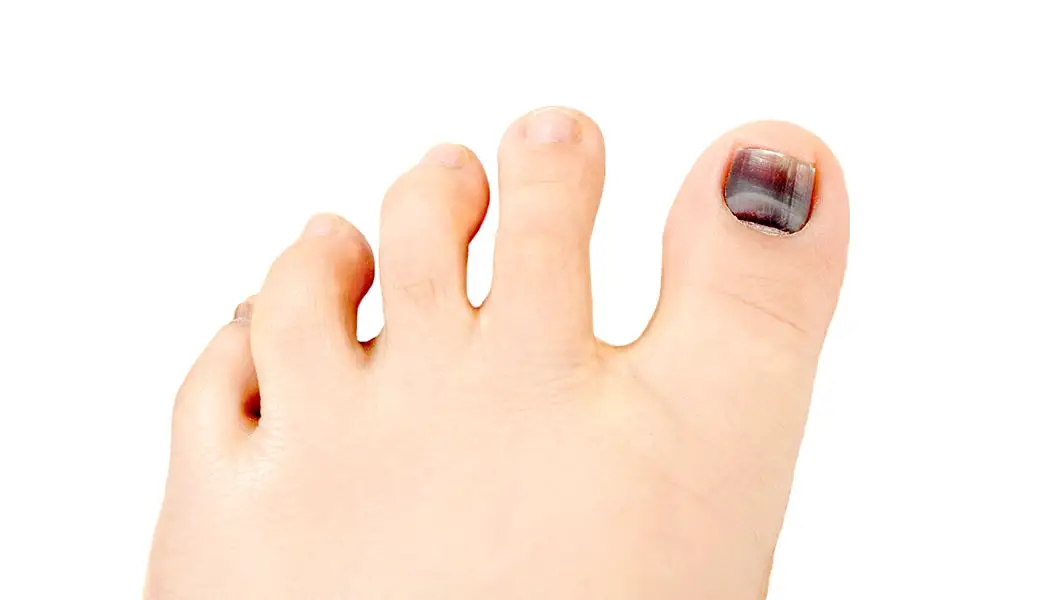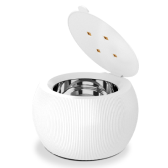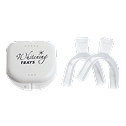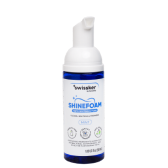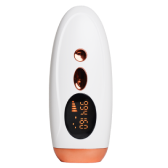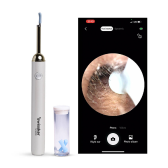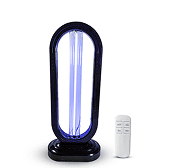Nail health is important – toenail health particularly so. Which is why it’s important to keep an eye on your toenails regularly.
Not many people like to discuss it, but the color of your nails is a key indicator of how healthy they are. So if you notice a black spot, a black line, or blackness on multiple of your toenails, you shouldn’t ignore it. So, let’s answer the question, why is my toenail black?
Why is my toenail turning black?
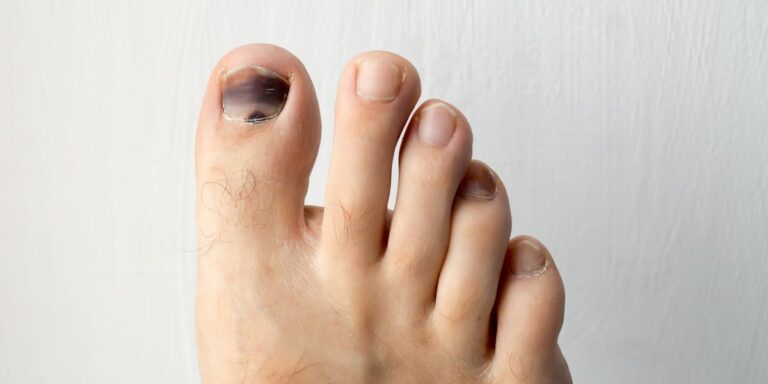
Quite a few things can cause a toenail to turn black, or to darken in areas. From a single black spot to your entire nail going black all over, what causes toenails to turn black will look different each time which can help to narrow down the underlying cause.
Black spot under or in toenail
A black spot or patch on your nail could be the beginning of black nail fungus but could also be a subungual melanoma – a type of melanoma that grows under the nails.
Black lines on toenails
Black lines on your nails can either be due to extra melanin in that area (called melanonychia) or, again, could be due to melanoma.
Toenail going black all over
A toenail going black all over can either indicate black nail fungus or be due to trauma – typically from injuries like stubbing your toe, dropping something on your foot, or wearing improper footwear when walking or running.
If you’re asking “why are my toenails black?”, you should book an appointment with your doctor. They will be able to determine whether the black toenail has been caused by fungal infections or if there are other underlying causes.
What causes toenails to turn black?
There are many reasons why your toenail may be turning black – ranging from not-so-serious causes to more important underlying conditions that need treatment. You should always look after your toenails and keep them trimmed with the proper nail care tools to keep them looking and feeling healthy.
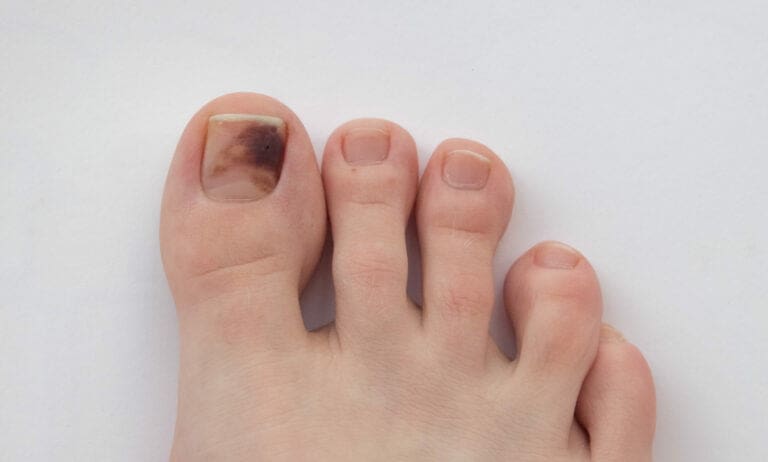
1. Black toenails due to injury
Trauma to your nail bed can cause your toenails to turn black. The injury causes blood to pool beneath your nail which eventually turns black. Your nail will probably fall off and grow back over several weeks or months. Dropping something on your foot, stubbing your toe really hard, and wearing the wrong shoes while running or walking can all cause injury to your toenails.
2. Black toenail fungus
Black toenail fungus is a common infection that affects many adults, especially those with weakened immune systems, diabetes, and circulation problems. It can spread from nail to nail, and may cover all of one foot, or affect both feet. It sometimes stays localized on a single nail – most commonly the big toe– but can be seen on other toes too.
Symptoms of black toenail fungus
There are quite a lot of symptoms of black toenail fungus, and most of them are unpleasant. You will probably notice things like:
- Thickening of the nail
- Nail toughness
- A bad smell
- Discharge
- Redness
- Swelling
You may not see all of these symptoms, but if you have some of them, you might have black toenail fungus. You should therefore seek medical advice, and learn how to take care of your foot to maximize your chances of recovery.
3. Chronic ingrown nails
An ingrown toenail is where your toenail is growing into the skin surrounding the nail bed. It’s very painful and can cause trouble with walking and impact your daily life. This condition can lead to bacterial infection, which can discolor the nail.
4. Melanoma (as a black spot on toenail)
Melanoma, a common type of skin cancer can cause black spots or stripes in your nails. If you notice this and are concerned, contact your doctor.
5. Underlying medical conditions
Other underlying health conditions such as diabetes, anemia, and heart disease can affect circulation in your legs and feet which can cause discolored nails.
How to get rid of a black toenail?
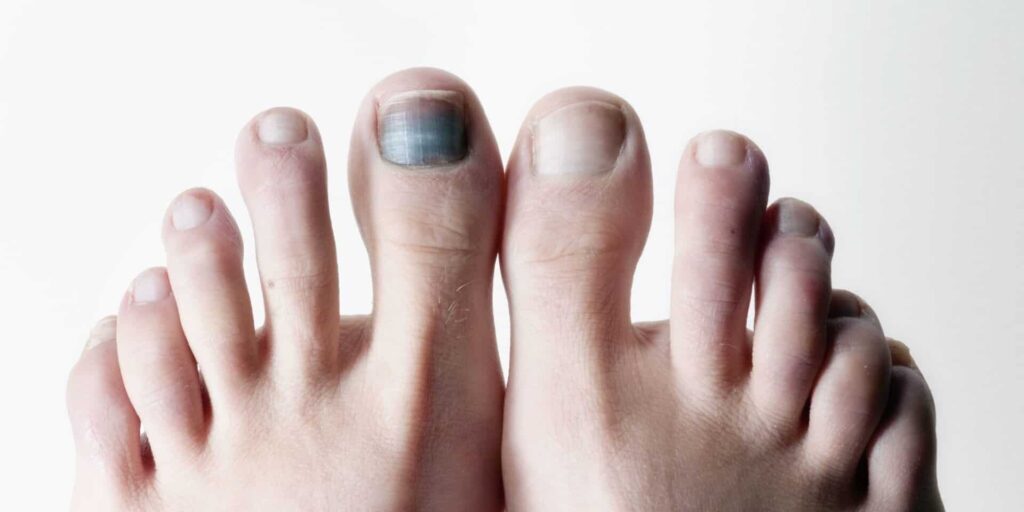
From injury
If the black nail is a result of injury, it will usually get better on its own. In some cases, your doctor may use a needle to make a small hole in the nail to allow the blood to drain and alleviate some of the pressure. If it is due to a repetitive injury, such as from shoes that do not fit correctly, resting the foot and wearing different shoes will help to stop it happening again.
From nail fungus
This kind of fungal infection tends to result from moist, warm conditions, so be careful about the kind of footwear you choose. Wearing breathable shoes and spending some time barefoot may help to mitigate the problem. You can easily and conveniently treat fungal infections is Swissklip’s anti-fungal nail solution.
When to see a medical professional
Some causes of black nails should be seen by a doctor. Depending on the cause – such as diabetes, melanoma, or ingrown nails – your doctor will be able to recommend appropriate treatment.
How to prevent black toenails?
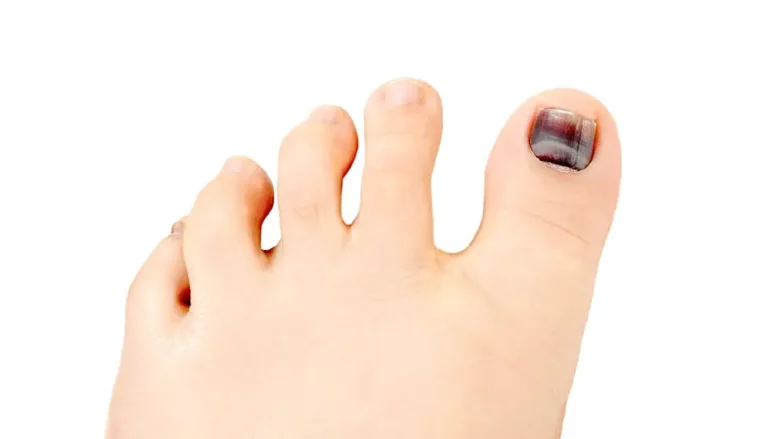
It’s not always possible to fully prevent black toenails, especially those caused by an accident or injury. But there are steps you can take to reduce the likelihood of developing black toenails.
- Wear properly fitting shoes.
- Keep your toes dry and clean and clip your nails regularly using Swissklip’s heavy duty toenail clippers.
- Avoid wearing open-toed sandals when working with heavy items and when working or walking in places where your toes might get stubbed or stepped on.
- Avoid exposing your feet to the sun.
- When applying sunscreen to your feet, make sure to include your toes.
- If you have an underlying condition such as diabetes, make sure it is well-managed.
Treating black toenails can be tricky but it can also be easy. Banish black toenail fungus with Swissklip’s antifungal nail solution – an easy-to-use roll-on containing antifungal tea tree oil – to treat your toenails naturally and simply. If you are at all concerned about the health of your discolored nails, ensure you see a healthcare professional for treatment.




